Lombok is an island of Indonesia in the West Nusa Tenggara province. It is part of the chain of the Lesser Sunda Islands. While not as well-known as Bali, especially for international tourists, the south of Lombok, particularly the Kuta Area, has undergone significant changes in the last 10 years. This transformation is attributed in part to substantial investments in infrastructure by the country and outside investors in the Mandalika International Circuit racing track, located in the resort area of the south of the island.
Outside of this area and a few more, the main island is still relatively untouched by tourism, a notable contrast to the bustling atmosphere of Bali. However, Southern Lombok, especially with its world-class surf spot called Desert Point, has gained recognition among surfers. It offers a variety of waves suitable for all levels, from beginners to advanced surfers, in an amazing tropical weather. Additionally, Lombok features the deep culture of the Sasak people, great food, the towering Mount Rinjani, and the popular Gili Islands, which have been international tourist centers for decades.
Our extensive knowledge, built over a decade of frequent visits, is unpacked in this guide to help you make the most of your Lombok surf trip. We will make many comparisons with Bali, as chances are that you will visit Bali before Lombok and/or have already made a surf trip on the Island of the Gods. If needed read our surfing guide to Bali by clicking here.
General things
Tips and information to help organize your surf trip
The surf season
Lombok, strategically located in the Indian Ocean like Bali, ensures waves all year, with no obstacles blocking long-period swells from the southern part of our planet. Regardless of when you visit, you’ll find surf.
Nevertheless Lombok experiences two distinct seasons: the dry season, lasting roughly from April to October, and the wet season, lasting from November to March.
During the dry season, renowned chargers and surf elites flock to Lombok to surf the biggest swells and the world-famous Desert Point. The predominant east wind provides offshore conditions on spots exposed to the west. Therefore, you can expect to surf more lefts during this season. The surf is usually bigger, but the number of surf spots working is more limited.
On the other hand, the wet or rainy season brings a main wind from the southwest, offering offshore winds to Lombok spots exposed to the east. Therefore, you can expect to surf more rights during this season. As the name implies, this season sees rain, which can be sporadic or lasting for days on some occasions but often only occurring in late afternoon, night, or early morning. In the south of Lombok, you can generally expect less rain than in Bali. Swells and waves persist during this period but are slightly less consistent and weaker, with larger swells and well-overhead surfs less common. The wet season is still a great time to surf for most surfers of all levels unless you are hunting for huge Indonesian surf.
It’s also crucial to note that the transition between the two seasons is imprecise and determined by Mother Nature. In 2023, for example, the first rain and wind change weren’t observed until the end of November. Furthermore, remember that all these spots can still offer great surf in their offseason!
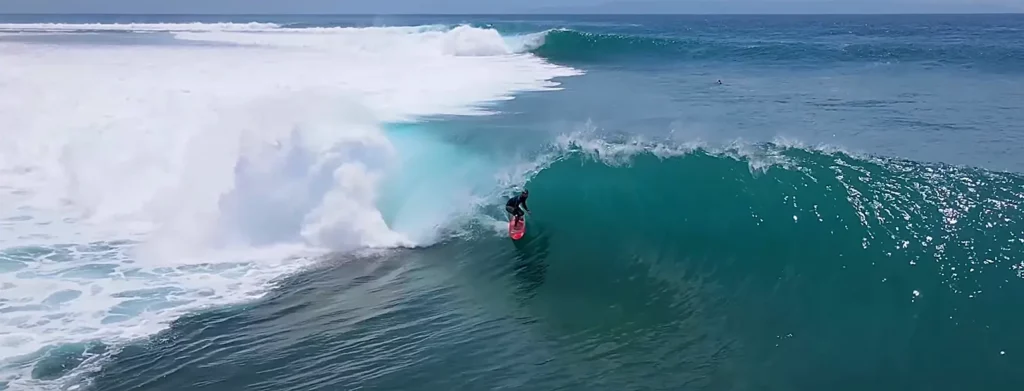
The Kind of Waves and Surf You Will Find in Lombok
Lombok boasts numerous surf spots, offering a diverse range of point breaks, reef breaks, and, to a slightly lesser extent, beach breaks—all in tropical waters. Globaly, there is a good mix of rights and slightly fewer lefts. All these spots are concentrated on the south coast of the island.
Being a few kilometers away across the Lombok Straits from Bali, you can expect the same great consistency. There will always be something to surf, with waves suitable for every skill level and surfing style. However, for surfers, Lombok is particularly known for two things: Desert Point, a tubular world-class left wave that can offer multiple barrels, and having great waves for intermediate surfers, as they tend to be milder than what you can find on other famous island reefs in indonesia.
Another important thing to know is that a good number of spots may require a boat, particularly in Gerpuk’s Bay and Ekas area. They are well-organized and work like a mafia (yep you read that right). However, they are not always the only solution.
Kuta Lombok is a great place to stay to surf the spots to the east and west as it is centrally located. Just be aware that going too far east or west on the island to surf will take some time, and it’s something you should plan by waking up very early for a day trip or anticipating one or multiple nights’ bookings there.
How to Get There
As you might have guessed, being an island, there are two transportation options available to reach Lombok: air or sea.
By Air: The most common and convenient way to reach Lombok is by air, as Lombok International Airport is only 30 – 45 minutes from Kuta. Domestic flights from Jakarta and Bali are reasonably priced and operate from early morning to early evening.
By Sea:
From Bali, Lombok can be reached by either a fast boat or ferry from Padang Bai.
The ferry will arrive on the west coast in the town of Lembar, 1 hour and a half from Kuta Lombok. Unlike fast boats, ferries allow you to bring both a car and a scooter. The ferry can be an interesting, cheap, and fun alternative and a great way to meet and have long discussions with locals. There is approximately one ferry every hour and a half, with very approximate times, as the loading and unloading of boats tend to move the schedule around a lot.
Fast boats may also be available from Serangan, Sanur, and Ahmed. Some fast boats may only serve the Gili Islands, Senggigi north of Mataram, or other destinations. Therefore, it’s better to ask for the precise destination when buying or booking tickets.
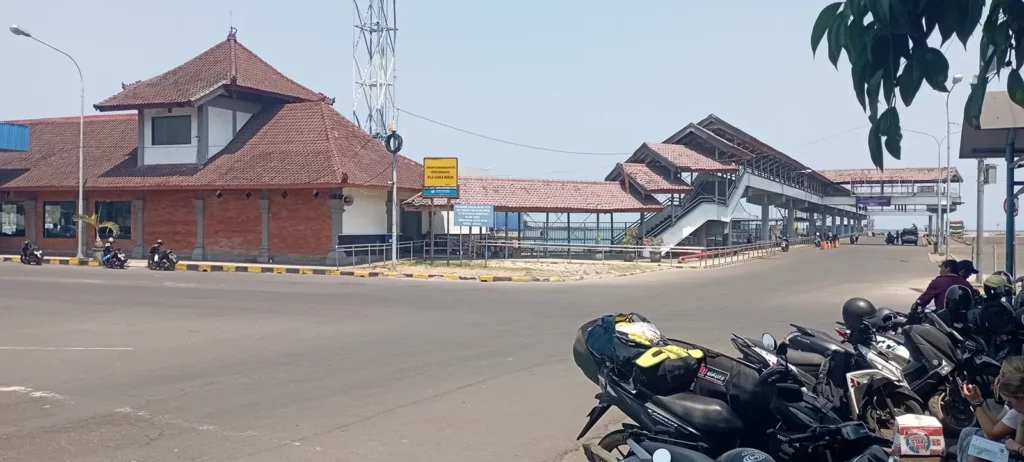
The main destination harbor from Bali would be Lembar but, Lombok also features harbors on the east and northwest serving respectively Sumbawa and the Gili Islands.
From west Sumbawa in Pototano , the ferry will take 1 and a half hours to reach the north of east Lombok in Labuan Kayangan (2 hours and a half away from Kuta Lombok).
Something important about bringing your rented vehicles on a public ferry, e.g., if you wish to do the trip with your rented scooter and surfboard, is to get the original vehicle papers. They will be asked when you book your tickets. They are called STNK and can be useful in Lombok, as your plate will look different than others, and you will have to pay a “fee” if you get arrested without it.
Sim Cards and Internet
When it comes to ensuring mobile connectivity and internet access, several phone carriers are available and offer 4 and 5g SIM cards. As in Bali the most popular choice is Telekomsel, known for being the oldest with the best network coverage. Sim card internet and connectivity is good in touristy and and populated areas of the island, but as soon as you get away from them, the quality will drop quickly, and the network can become nonexistent.
Wi-Fi and internet in hotels and restaurants are okay near Kuta, thanks to infrastructure investment from the past years, although not exceptional. Network saturation is common, so having a SIM card with internet access is beneficial. This way, you can use it or share the connection with your other devices when needed.
Eat
Like in Bali, you will find most Indonesian dishes like Nasi goreng (fried rice), Mie goreng (fried noodles), and Nasi campur (mixed rice) everywhere. You will also encounter local Halal cuisine such as Ayam Taliwang (marinated chicken).
In addition to local cuisine, due to recent development, Kuta Lombok now offers a good amount of international foods, ranging from local burger and pizza joints to fancy dining venues.
A must-go for any food-hungry surfer is to visit the Buffet-style restaurant called Warung Rezeki. Many surfers, and locals, eat there every single days as you will have a lot of food (like a lot, really) at a buffet offering choices that change a bit every day. You will pay for what you choose to put on your plate, know that the water on the table is free.
It’s also worth noting that food delivery is not really available like in Bali. Gojek and Grab won’t be as useful.
Sleep
With the new Mandalika Circuit and a lot of national and international investment, the offering of accommodations multiplied in the past years on all the south surfing coast. In fact, the once sleepy village of Kuta Lombok, while still far from its sister city of Kuta Bali, is starting to look more and more like it.
In Lombok, you’ll discover a variety of accommodations, ranging from budget guest houses at $6 to a few luxurious resorts at $200+, and personal villas at $50 per night. The quality-to-cost ratio is, like in the rest of Indonesia, among the world’s best, making it easy to either enjoy an extended stay on a modest budget or indulge in the finest accommodations at a fraction of the cost compared to your home country.
Surprisingly, post-COVID, there has been a noticeable decrease in prices. As the supply quickly grew due to the recent real estate frenzy, hotel owners are fighting more for the same customer, which is great for us unless you find yourself alone in a hotel looking for new friends.
A good tip is to avoid online bookings and instead engage directly with owners and management to negotiate more favorable rates. The longer your intended stay, the greater the potential for better prices.
Move Around

Public transportation is non-existent in Lombok outside of chartered private long-range minibusses for tourists between major sights and transport hubs, e.g: harbors, airport, Mount Rinjani and Kuta.
As we said earlier, unfortunately, the local apps Gojek and Grab are not widely used on the island. Taxis will probably find you themselves near the transport hubs, you will have to ask around in other areas.
The most popular mode of transportation on the island is undoubtedly the scooter or motorbike, readily available for rent from numerous locations. Widely used by both locals and tourists, scooters equipped with surfboard racks are affordable and common in the south. Unlike some parts of Bali, driving on the island is always a bliss, as in Lombok, you are not expected to encounter any traffic jams anytime! Most of the roads near Kuta and along the spots in the south are brand new, beautiful, and fun to drive on as you will cross mountains, tobacco farms (Lombok is a major producer), and beautiful bays!
Renting a car in Lombok is possible, car rental is available, and chauffeured options are commonly offered. In fact, in Indonesia, it’s standard to have a driver accompany you, so make your preferences clear when arranging the rental. The best deals are found in the capital of the province, Mataram. If you opt to drive your own vehicle, whether a car or scooter, ensure you have your international license with you, as it is required.
Despite improvements in driving rules enforcement, Lombok locals do not adhere to Western driving norms. Exercise caution, avoid abrupt movements, maintain predictability for others, and drive at a reasonable speed.
The Surf Equipment for Lombok
Surfing equipment is much scarcer than in Bali, as only a few shapers reside there, and the gear has to get from Bali to Kuta Lombok first. Nevertheless, as the island became a known destination for surfers, every possibility is offered to you, whether you want to buy new from international or local brands, go for second-hand options, or simply rent.
Buying New: New shops opened in recent years on the main street, you can now find a rather limited selection of brand-new shapes from international and local brands. Know that the choice will be much more restricted and slightly pricier than in Bali but still probably at a better price than what you will find in your country.
Buying Second-hand: Second-hand surfboards can be bought and sold in multiple small surf shops on the main streets. Finding an unbeaten one is a mission, but still, you will probably find something that can suit you. It will probably be your main way of finding one, as buy and sell groups are much less active there on social media.
Renting: The shops in Kuta will also be the main way of renting a board. You will also be able to find some boards here and there, such as in Gerupuk’s village. However, don’t expect to find rental shops filled with brand-new surfboards on every beach.
For us, at Holyfins, we prefer to come with our own equipment from Bali, and it’s something most surfers do, as it’s easy, cheap, and convenient to bring your favorite watercraft by boat and plane. It’s something we recommend you do unless you plan to surf for a limited amount of time or are just starting to learn surfing.
The surf breaks
The surf breaks in Lombok stretch roughly from Desert Point located on the far western side of the island to the spots of Awang Bay in the east, with the famous Ekas. As mentioned earlier, they are all mainly located on the southern coast of the island
Lombok Surf Spot Map
We’ve developed an interactive Google map showcasing the majority of the island’s surf spots, hidden parking areas, and boat departure areas. While it may not cover every single spot, it’s likely the most comprehensive online map. It offers a detailed overview while allowing you to explore and discover additional spots on your own.
In our Lombok surf spot map, blue points represent surf spots, orange points indicate areas both boat departures to reach offshore surf and parking/pathway access to some
The famous/popular surf spots
We can’t cover them all, but we can highlight the most popular and our personal favorites. Moving from west to east:

The team’s favorites
Also from east to west:
Do you have any questions that we could answer? Would you add something?
Do not hesitate it to us by leaving a comment down there.
If you need any surfing equipment, have a look at our performant and accessible Fins , Traction Pads, and Leashes, we deliver worldwide!

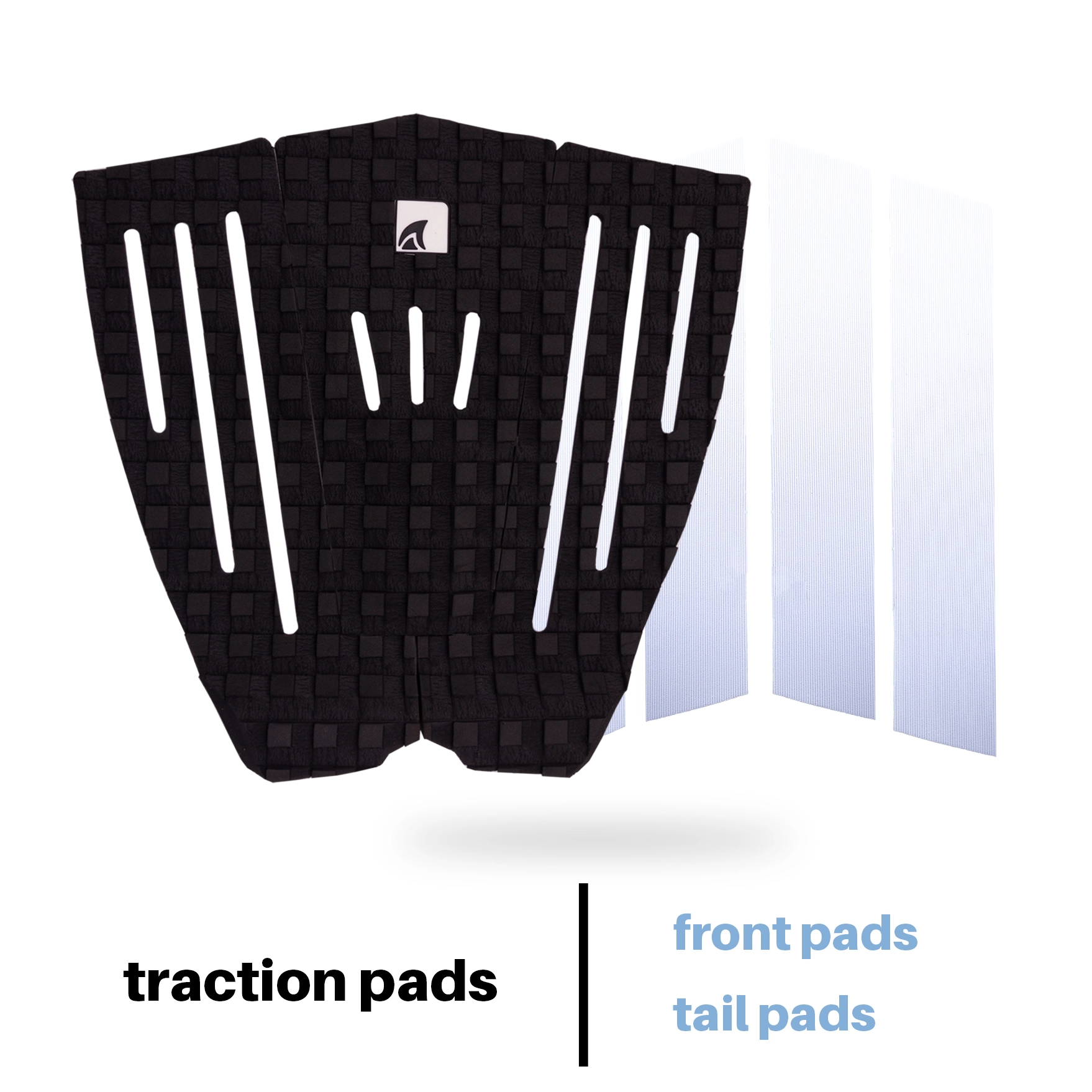



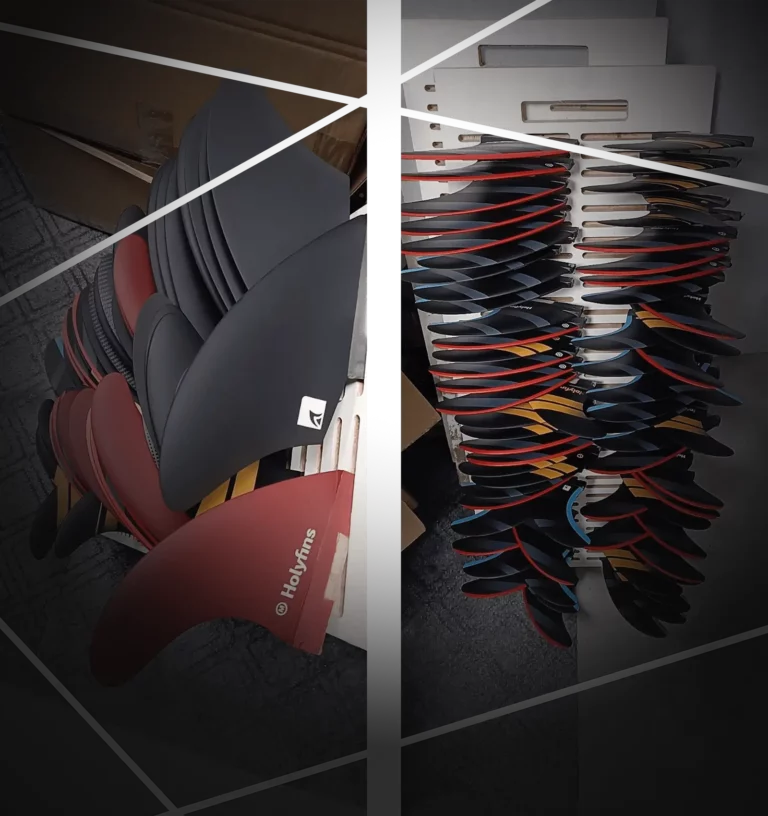
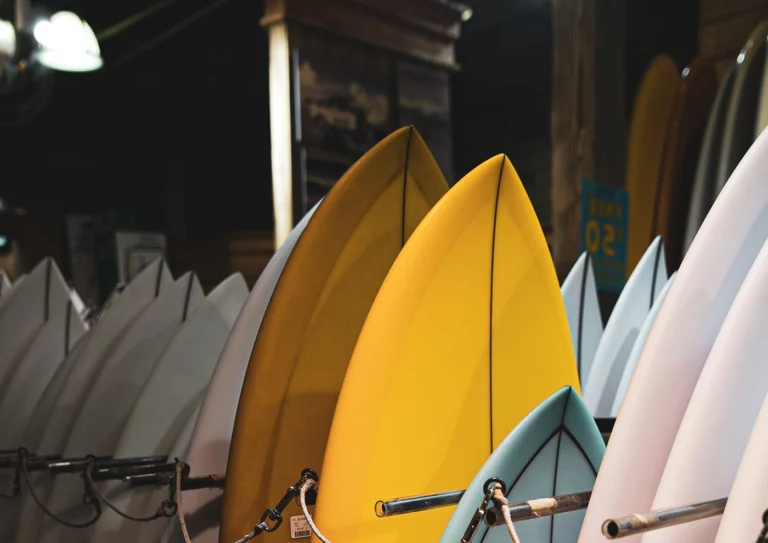
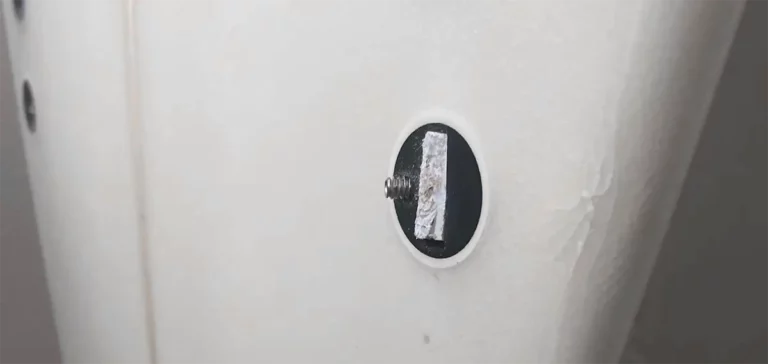


Leave a Reply